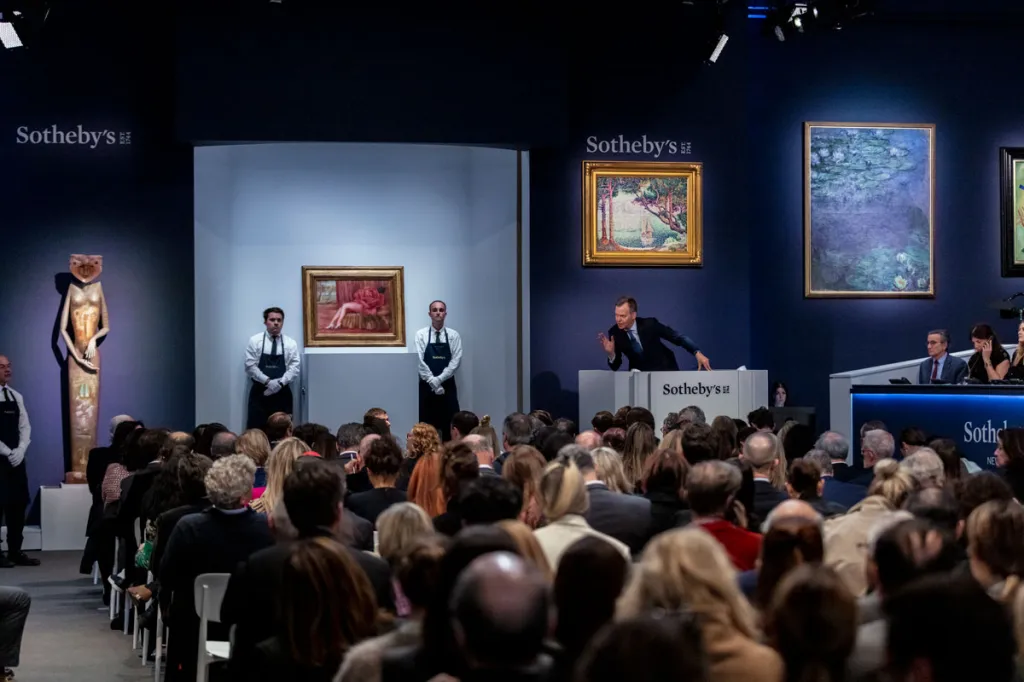After a year of falling sales and geopolitical tension, collectors are taking a breath rather than a gamble. According to the Art Basel & UBS Survey of Global Collecting 2025, released Thursday, aggregate art-market sales fell 12 percent by value in 2024 to $57.5 billion; data from early 2025 has shown “no significant signs of change.”
Like last year, the contraction was driven mainly by a slowdown at the top end of the market. Public auction results from Christie’s, Sotheby’s, and Phillips were down about 7 percent in the first half of 2025, the report notes, even as lower-price segments stayed active.
Despite the sales chill, sentiment remains strikingly upbeat. Eighty-four percent of high-net-worth collectors said they were optimistic about the global art market’s short-term future, very slightly down from 91 percent a year earlier.
Even over a 12-month horizon, 81 percent remained optimistic, with pessimistic naysayers making up only 5 percent of respondents.
That optimism is not blind. Collectors appear to be shifting from speculation to stewardship. Only 25 percent plan to sell art in the next 12 months, down from a high of 55 percent in 2024 — a collapse in churn that “possibly signals greater stability,” the report found.
Alongside that cooling of resale activity, 25 percent plan to donate artworks to museums or charities, down from 37 percent in 2024. Another 29 percent intend to gift works to family or friends, almost three times as many as planned to do so in last year.
Longer-term data show that 70 percent of collectors hope to donate works to museums eventually, while 80 percent plan to pass them to children or grandchildren.
The pattern suggests a market maturing into conservatorship rather than speculation—wealthy collectors holding onto art as a legacy asset, not a commodity that can be flipped for extra cash.
Even amid global uncertainty, the report finds collectors “more positive about the long-term performance of the art market than about its current state,” with optimism strongest in France (90 percent) and Switzerland (89 percent).
That confidence may not spark an immediate rebound in sales, but it does imply something rarer in recent years: patience. After two decades of speculative exuberance, collectors are, for once, content to wait.
